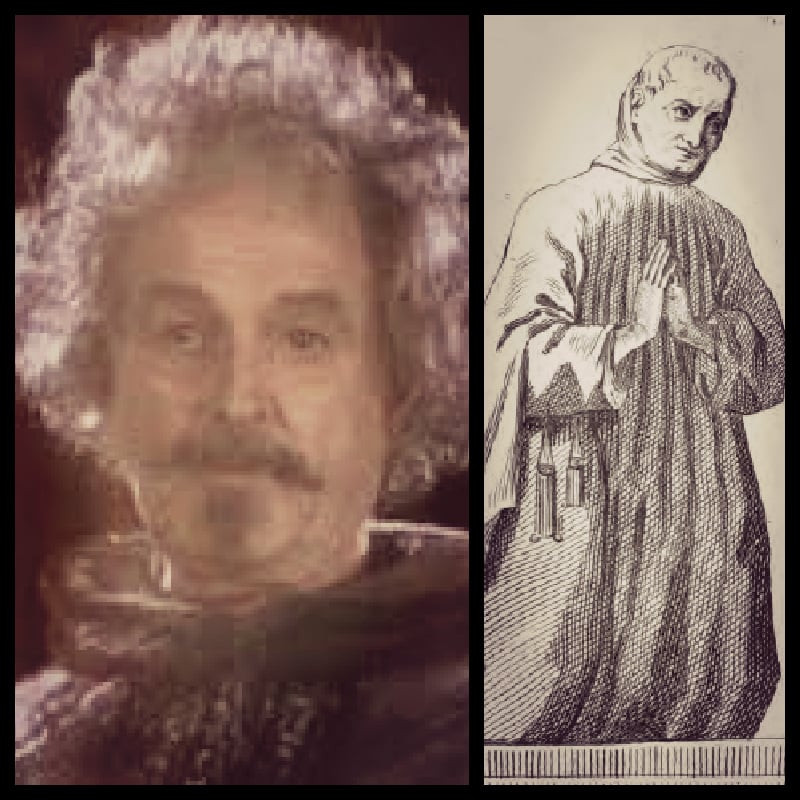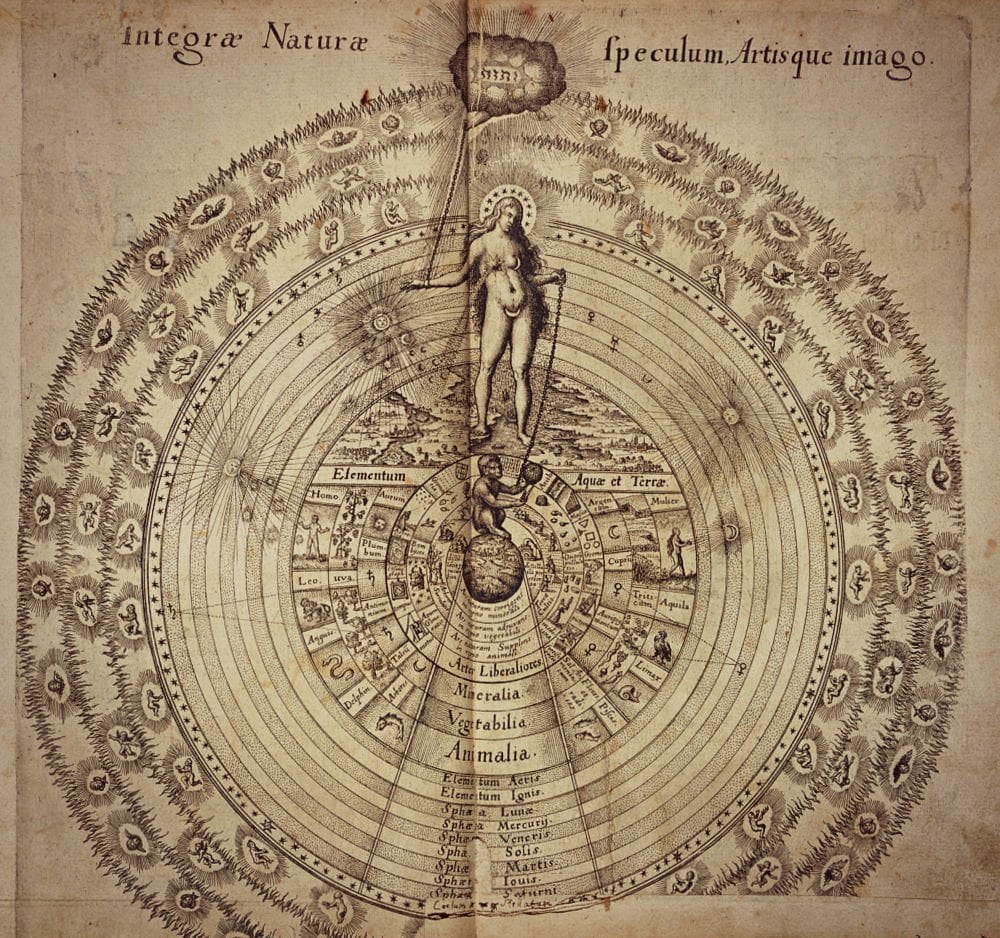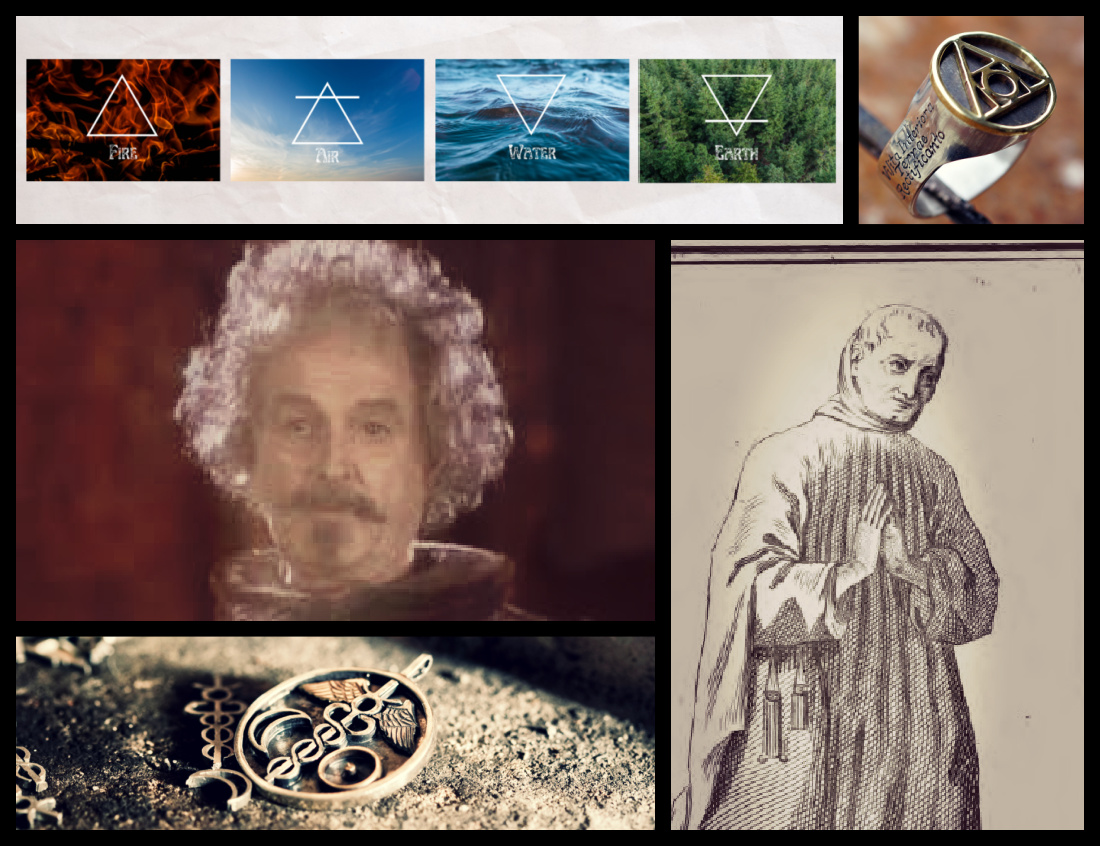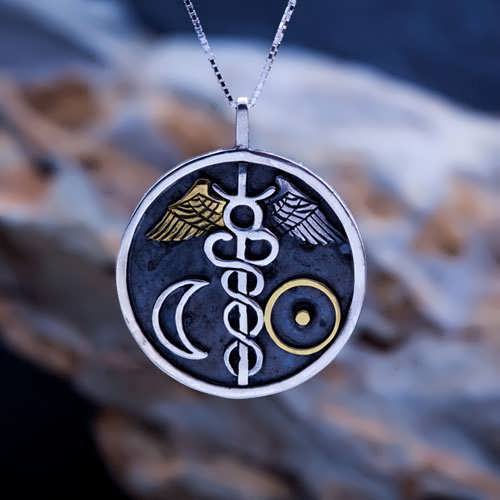Alchemy is a mystical and historical science that studied the magical qualities, composition, and form of the four fundamental elements and the transformation of elements; it was therefore inextricably linked with transforming spells, making potions, and chemistry. Furthermore, Alchemy is associated with philosophy. One understanding of alchemical literary works that are believed to be driven by mysticism and philosophical theory is that the study of Alchemy represents a spiritual awakening, taking the alchemist from darkness to awareness.
In parallel with that, we can’t ignore that alchemy plays a significant part in the Harry Potter series, which JK Rowling started with the Philosopher’s Stone plotline, as well as the legendary identity of Nicolas Flamel, the medieval French alchemist who was supposed to have found the Philosopher’s Stone through his wife, Perenelle. Other genuine alchemists featured in the novels include Cornelius Agrippa and Paracelsus, who are also seen in the Chocolate Frog cards, where Dumbledore is described as an alchemist on those cards.

Moreover, Albus signifies the Initiation in alchemy, which fits wonderfully with Dumbledore. But there was more to it, and this article aims to demonstrate how JK Rowling employs alchemical symbols as a foundation for the whole series. Explore more to learn about the different alchemies that are featured in the novel.
The Different Elements Of Alchemy That Appear In Harry Potter
Rowling utilizes the four Houses of Hogwarts to symbolize alchemy’s four aspects: air, water, fire, and earth. Slytherin represents water, Hufflepuff represents earth, Ravenclaw represents air, and Gryffindor represents fire. However, many wonder about the ether, Aristotle’s Fifth Element. This is when Harry enters the picture. The ether, also known as quintessence, lies apart from the other elements. It is the fundamental existence of someone or something, immaculate and untainted.
The quintessence unites the Above and the Bottom, the cerebral and the physical. It is the spiritual manifestation of life energy that we experience in our imagination and modified awareness experiences. Harry is on a mission to uncover his quintessence. He is the only one who can bring the four houses together as one. He is the only person who has all four traits. The quest for the quintessence is synonymous with the search for the Philosopher’s Stone, which represents enlightenment and mystical eternity.
Other alchemical symbols seen in the Harry Potter novel include:
Nigredo
Nigredo is the black process in alchemy that represents Harry’s journey in the novel. The hardships he faces, the information he discovers regarding his history, and the pain he feels drive him farther and deeper into this journey. However, these challenges will fortify him and enable him to become the sorcerer he was born to be.
Albedo
The white process, albedo, is shown in every novel throughout the novel. Harry appears to have achieved the lowest phase of his black process after the Order of the Phoenix and has entered the white process period.
Rubedo
Rubedo, or the red process, is the novel’s last step. In the finale, the Philosopher’s Stone is obtained, which can transform ordinary metals into gold. As a result, after Harry has completed his mission, you may encounter alchemical symbols associated with Rubedo like the colors sun, red, and gold, the rubies, and the phoenix.
Mirror
Since the novel also represents the environment, the mirror signifies the start of the process. It is intended to separate the apparent from the unseen so that what is concealed may be seen, including presenting Harry’s and Ron’s secret wishes and then the secret Stone.

Maze
The labyrinth represents the entire novel, with its two primary problems: which road the alchemist should take to make it to the maze’s center and which one to head out of it. He required Ariadne’s thread, which has symbolic significance in Greek mythology.

Ouroboros
The ouroboros is a dragon or serpent that eats its own tail. It symbolizes the completion of the series, purity, immortality, the start, and the end. It also reflects a learning principle in alchemy: someone who understands makes some progress, and someone who makes some progress wants to understand more.
Species from the alchemical bestiary associated with Harry Potter personalities:
Peacock
In alchemy, the peacock represents the apparent metamorphosis that occurs to the Materia Prima at the final stage of the Harry Potter novel. Still, it occasionally means a botched procedure that yields impurity, which matches quite well with Lockhart.
Salamander
The salamander emblem, which is also portrayed by a lady with long hair that resembles fire, may be linked to both the Lily Potter and Weasleys. They are often characterized as having fiery hairs, and the Weasleys are often associated with genuine salamanders or, even more frequently, with fireworks or flames.
Dog And Grey Wolf
The symbolism of the dog and the grey wolf is very significant. The grey wolf represents antimony, while the dog represents raw metals before refinement during the process. The Grey Wolf, like Lupin, serves as a mentor for the alchemist. The way Lupin is portrayed, like aboard the train or at Hogwarts, emphasizes the Grey Wolf picture.
If you have watched Harry Potter with alchemy in mind, you will surely realize that the tale shifts from a thrilling conflict between evil and good to a technique of total freedom from death, sorrow, and evil.
Additional Key Points Of Alchemy In The Harry Potter Book Series
- Nicholas Flamel, Albus Dumbledore’s colleague in the hunt for the seven applications of Dragon’s Blood, has been the most renowned alchemist in the Wizarding World. Flamel owned the Philosopher’s Stone, which granted him and his wife Perenelle the opportunity to survive for many decades. The stone was broken when Lord Voldemort attempted to control it, and the Flames died.
- Alchemy is a class given at Hogwarts in grades 6 and 7, but Hermione declined to study it because of what they had gone through to obtain the stone from Quirrel-Mort.
- As parent figures for Harry, J.K. Rowling described Dumbledore and Hagrid as an alchemical blend of contrasts. “Albus” implies “white,” and “Rubeus” signifies “red”, both of which were hues associated with base gold and metals.
- On his first subway voyage to Hogwarts, Harry gets a Chocolate Frog Card of Paracelsus. Almost Headless, Nick believed the Blood Baron could prevent Peeves from dropping a statue of Paracelsus on somebody’s head in a Hogwarts hallway. So it is most likely the same statue that was stowed in the Room of Requirement when Harry concealed the initial Half-Blood Prince Potions Book behind a cabinet.
- While looking for the Horcruxes, Harry saw the diadem of Rowena Ravenclaw on the sculpture of Paracelsus. During the Siege of Hogwarts, Crabbe’s Fiendfyre shattered the tiara and the statue






